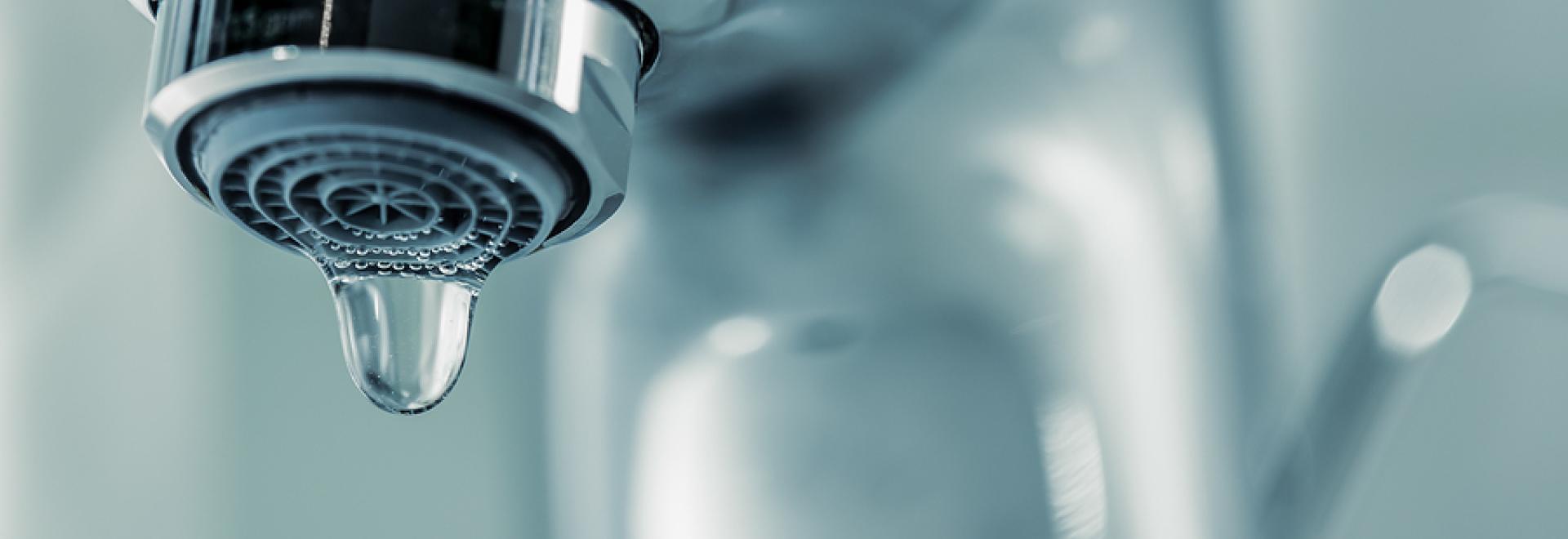
Low water pressure is one of the most common plumbing problems homeowners experience and it can be extremely frustrating. Thankfully it is often fairly easy to diagnose and resolve. We’ve listed some frequent causes of low water pressure below, and recommendations we have for solving the problem.
Causes of Low Water Pressure
Corrosion and/or Mineral Deposit Buildup
Typically, if you notice low water pressure that is localized to just one sink or shower, it’s often a result of corroded pipes or a buildup of minerals or debris inside the faucet. If you live in an older home with older plumbing, pipes and faucets can deteriorate and become corroded, restricting water flow. If you suspect this may be the problem, new piping and/or replacing the faucet will often repair the low flow. In other instances, particularly in areas with hard water, minerals and debris can collect within the aerator or flow restrictor. Removing the aerator and cleaning all its parts should free up the water flow. For particularly stubborn deposits, soaking the parts overnight in vinegar can make cleaning easier. If you are prone to regular buildup and corrosion, your local plumber has systems to prevent this from happening.
Water Leaks
Low water pressure can also be due to leaks. Even the smallest leak in your plumbing can significantly impact your water pressure. If you suspect this could be the issue, but don’t see evidence of a leak, try shutting of your main water valve and then record the reading on your water meter. Wait two or more hours, then return to your meter. If the reading has changed, indicating water use, it is likely there is a leak somewhere. If you suspect or discover evidence of a leak, contact a plumber right away so the problem can be repaired before substantial damage is done.
Closed Valves
Sometimes the main water valve to your home can be turned, accidentally or intentionally, which will almost always impact your overall water pressure. Many homeowners we service overlook this possibility. If you’re experiencing low water pressure, be sure to check your main water valve to verify it is completely open.
Weaknesses In Supply Line
Some home homes share a supply pipe extending from the main water line. If the size of the pipe isn’t adequate to meet demand, low water pressure will often be a problem for homes sharing the line. This is especially true during times of high water use. If you notice your water pressure fluctuating throughout the day, and you share a supply line with your neighbor, this could very well be the problem. Other problems could be weaknesses including leaks or cracks due to age or root damage. Large trees growing nearby coupled with low water pressure could be an indicator of a potential root problem. A professional plumber can provide a visual inspection to help verify the problem and advise you on the proper steps for repair.
While the possibilities mentioned above are some of the most common we see, they’re by no means exclusive. If you are experiencing low water pressure, and you’re not sure what may be causing it, consider contacting a licensed plumber who is trained and experienced in diagnosing and repairing low water pressure problems.